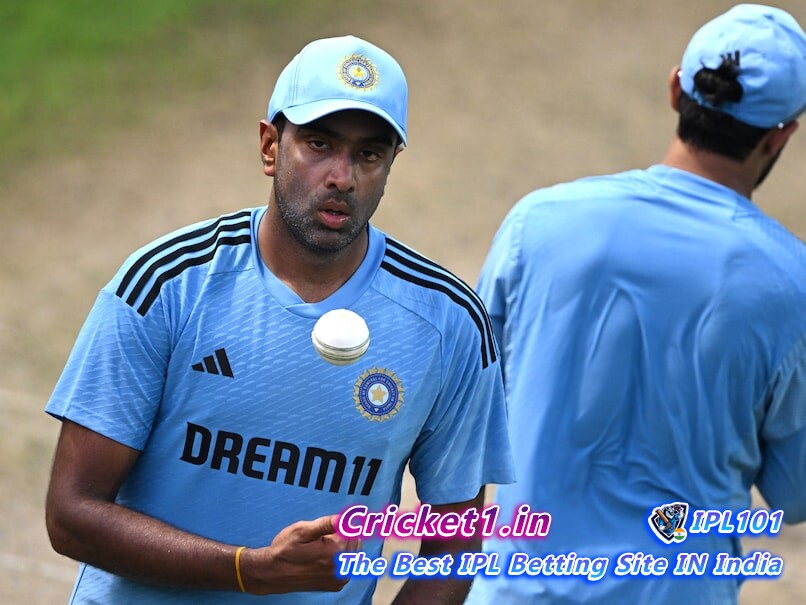
In a display of outclassing the opposition through tactical brilliance, Australia’s decision to opt for bowling in the prestigious Cricket World Cup final caught Indian spinner Ravichandran Ashwin by complete surprise. On a Sunday that will be etched in the records of cricket history, Australia’s impeccable reading of the conditions led them to trump India in the iconic showdown at Ahmedabad’s colossal stadium. This victory sealed their status as six-time World Cup champions, snapping India’s impressive streak of 10 consecutive wins in the process.
“I was shell-shocked to see their tactics. Australia has deceived me personally, as their history goes by, they say ‘we are going to have a bat, mate!’ after winning the toss in big finals,” Ashwin articulated in his recent YouTube video release. The spinner’s expectations were shattered as Australia’s strategic nous was laid bare, countering the traditional playbook Ashwin believed they would follow.
The key to Australia’s success seemed rooted in a deep understanding of the pitch’s nature, likened by Ashwin to the soils of Odisha in the eastern part of India, which promised atypical bounce – not knee-high as customary but merely shin-high. Contrary to expectations, the pitch held its composure without crumbling – a fact attributed to the moisture-retaining quality of the clay present.
Ashwin’s astonishment at Australia’s counterintuitive decision-making led to a revealing mid-innings interaction with George Bailey, the chairman of selectors. Bailey shed light on the influence of extensive Indian Premier League (IPL) and bilateral series play, which endowed Australia with nuanced comprehension of pitch behavior. The dichotomy between red and black soil pitches, and how black soil surfaces improve for batting under lights, was a critical piece of knowledge utilized to their advantage.
Australia’s proficiency in reading the pitch was evident as nightfall transformed it into a ‘paata wicket’, likening it to a concrete expanse more conducive for their batting. It showcased a significant departure from the red soil tracks, where dew doesn’t impact play as prominently.
Being “flabbergasted” was an understatement for Ashwin, as he witnessed the benefits reaped from Australia’s accrued experience in IPL and other series within India. It underscores the evolution of India as a central hub in world cricket, providing an arena where international players gain crucial insights into varying cricketing conditions.
As the sporting fraternity grapples with the nuances of this World Cup final and Australia’s triumphant strategy, fans and experts alike turn their attention to the implications for future encounters in such conducive environments. The spectacle offered a stark reminder of the dynamic nature of cricket, where conditions, strategy, and experience intertwine to shape the outcome of seemingly predictable contests.
India’s status as a cricketing powerhouse not only stems from its fanbase or the quality of its team but also from the opportunity it offers to the international cricket community – to learn, adapt, and outsmart. This World Cup final may well serve as a testament to how the IPL and other Indian-hosted series can inadvertently aid visiting teams to turn the tables when it matters the most.
As Australia basks in the glory of a brilliantly strategized victory, and India reflects on the lessons learned, Ashwin’s candid revelations highlight the intricate chess game that modern cricket has become. This recent chapter of cricket lore will undoubtedly ignite discussions about pitch dynamics and strategic acumen for many seasons to come.
For the latest updates on World Cup 2023, schedules, and more sports news, audiences worldwide continue to engage with online platforms and apps, fostering a global community united by a love for the game. As Ravichandran Ashwin and George Bailey become buzzwords in cricketing circles, it’s clear that the game’s cerebral aspects are as fascinating as the on-field action, charting new territories for the sport’s strategic evolution.

